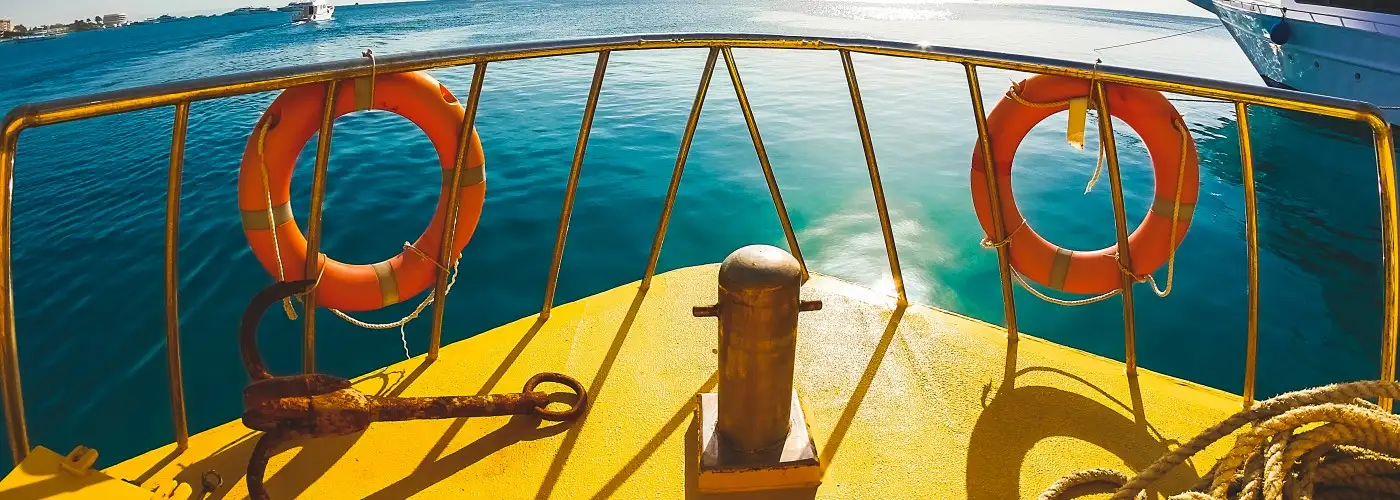At the going prices, cruises can be extremely good deals. Whether a lower-deck inside stateroom or a top-deck suite, a cruise cabin itself is almost never a rip-off. That’s especially true when you track the many promotions you see advertised on information websites such as sister site Cruise Critic, on big online cruise-agency websites such as CruiseDirect and CruisesOnly, or even through good travel agents.
Cruise Rip-Offs and How to Beat Them
The rip-offs come when you start buying the extras or conforming to the industry’s standard practices. That means if you’re careful and you avoid the many temptations thrown at you, you can avoid most rip-offs completely. Sadly, lots of people don’t want you to avoid the rip-offs, so diligence is the best defense. Here are 12 cruise rip-offs to look out for.
Single Supplement

The biggest rip-off in the cruise business targets travelers who want to cruise by themselves—those who don’t have a spouse or companion and don’t want to share a cabin. The penalty is occasionally as high as 100 percent—when you pay two per-person rates—but is more often in the range of 50 to 75 percent. Even that, however, is stiff enough to deter many solo travelers.
Although you may see a single supplement as a rip-off, the cruise lines don’t see it that way at all: Almost the entire industry is hardwired to serve couples and families, with cabins accommodating two to four people, at rates based on the longstanding “per person, double occupancy” pricing formula. Cruise lines can rightfully claim that getting less than both two-person rates for a two-person cabin represents lost revenue they can’t recapture.
Cruise lines eagerly point out how you can “save” by sharing: If you can’t find your own cabinmate, a cruise line—or a third-party matching service—will find one for you. But, for dedicated solo travelers, that’s not the point. You’re looking for a good deal, not a cabinmate.
Avoiding the Rip-Off: Cruise-line promotions occasionally drop the single supplement to a figure in the 10 to 25 percent range. A few cruise ships have a few cabins designed for singles. And Norwegian Cruise Line recently built several new ships that have studio-cabin sections outfitted for solo travelers as well as associated lounge areas.
No Cheap Liquor on Board
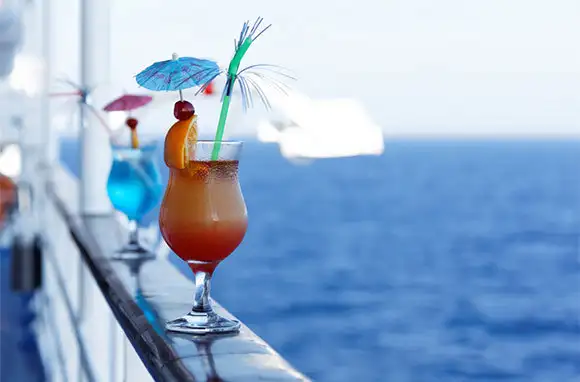
This is a rip-off by rule rather than a price rip-off. Most ships prohibit you from buying liquor onshore and taking it to your cabin. Some include wine in the prohibition, others allow one bottle, assessing a corkage charge if you want it in the dining room. But if you want a martini, a scotch and soda, or a mai tai, your only choice is to buy it at the ship’s bar—and pay shoreside restaurant/bar prices.
This rule is especially galling when you stop at a port that features cheap tax-free liquor. You might see a bottle of Johnnie Walker Black for less than $30, only to pay that much for just three or four premium scotch and sodas in the bar.
Avoiding the Rip-Off: Presumably, you can figure ways to sneak a bottle in your purse or bag, but—also presumably—the cruise folks know how to spot it. And if they spot it, some take it and give it back when you get off the ship, but others just take it—period. The message is clear: Don’t.
Charges for Soft Drinks, Ice Cream, and Such
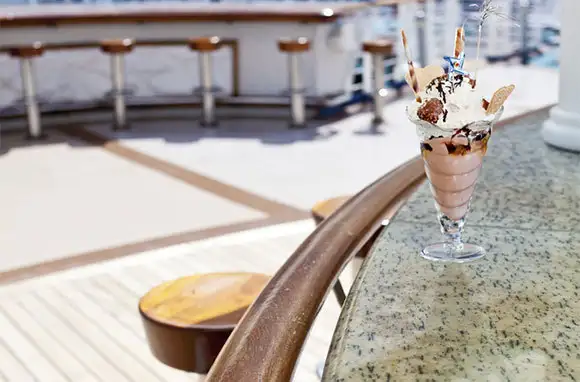
These days, at least on typical mass-market cruise lines, you pay shore prices for a wide variety of snacks. Perhaps the most galling is paying $1.25 to $1.50 for a soda from a dispenser. According to what I find online, the cost of serving a 20-ounce cup of soda from a fountain is around 20 to 25 cents, including soda, cup, ice, and straw. The same goes for expensive ice cream concoctions and other snacks. Cruising is supposed to include food service, and that should include ordinary snacks. Charging anything for them, and especially charging landside prices, is a rip-off.
Avoiding the Rip-Off: If you want to snack, you really can’t avoid paying. Your only defense is not to snack, which is not an attractive option, especially if you’re cruising with kids.
Useless Souvenirs
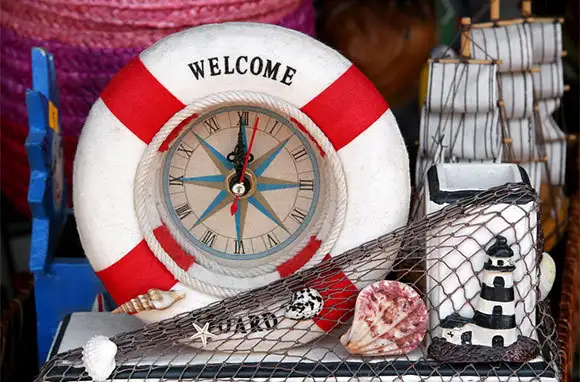
Many travelers return from cruises schlepping loads of trinkets, “local” garb, and “cute” items they know they’ll probably never use—and maybe never look at again—after they return. Model sphinxes from Egypt? Nesting dolls from Russia? Watercolor paintings from local “artists” based on coloring in pre-printed outlines? Straw baskets and hats? Local “traditional” handicraft trinkets mass-produced in Bangladesh? “Rolex” watches that are likely counterfeit? Feh! Anything remotely useful that you find while on a cruise you can probably buy for less, and with less risk, at Target, Best Buy, Costco, or Trader Joe’s.
Avoiding the Rip-Off: Simple: Look, but don’t buy.
Related: 9 Dirty Little Secrets of the Travel Industry
Recommended Shore Shopping
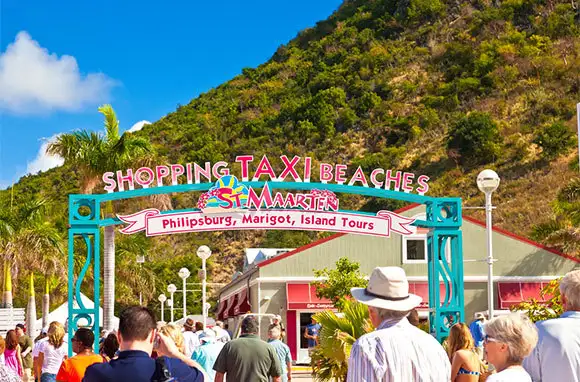
This one is a riff on the more general souvenir category. Many ships allow locally based “port lecturers” to board and supposedly provide information and “insider” hints about what to do onshore. For the most part, these folks are really shills for onshore merchants who pay for mentions. The more honest cruise lines call them “shopping ambassadors” (a wonderfully creative euphemism) to distinguish them from genuine local authorities that the cruise line might also arrange.
Don’t confuse port lecturers (or shopping ambassadors) with these cruise-provided local authorities, especially on themed cruises or cruises sponsored by educational organizations. These authorities typically have independently established credentials, and they remain with the cruise and get free transportation in exchange for conducting seminars and making presentations (or, as the case may be, dancing with single ladies).
Avoiding the Rip-Off: Never patronize any store praised by a port lecturer. You know that a good bit of the price you pay represents a kickback to the lecturer and maybe a bit to the cruise line, too.
The Casino
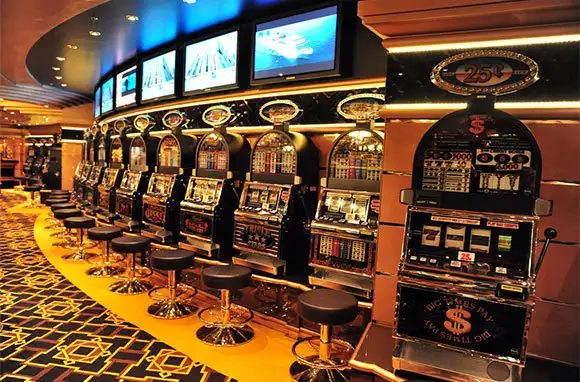
Almost all big cruise ships have casinos. They’re much like the ones you find in Vegas or Atlantic City, only a lot smaller. As with land casinos, shipboard casinos are usually located so you have to walk through them several times a day to get to most activities.
Overall, any casino gambling is a sucker’s game, but many online posts conclude that shipboard casinos are stingier than their landside counterparts in machine payouts and tighter about card and dice game rules. This sounds plausible, but the postings are at best anecdotal and many are nothing more than rumors. Still, my bet is on the “stingier” line.
Avoiding the Rip-Off: Don’t play, or if you enjoy it, keep your bets small.
Shipboard Boutiques and Shops
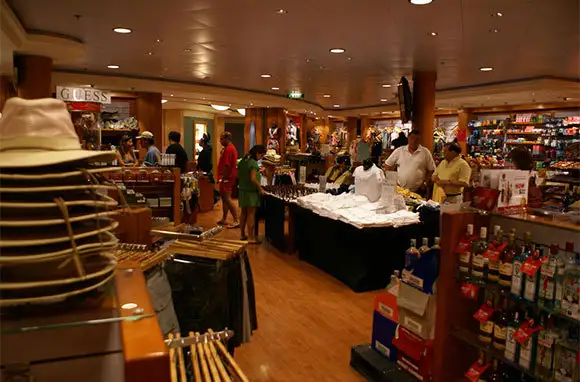
Carolyn Spencer Brown, Editor in Chief of our sister site Cruise Critic, recently posted an excellent report on how your cruise can wind up costing as much as twice what you paid for the cabin. Among her warnings is a caveat about onboard shopping and personal services. Clearly, those onboard shops aren’t Walmarts, and they don’t have to match Walmart prices. Onboard shopping can include boutique purchases such as clothing and jewelry along with services such as sauna treatments and massages.
Shopping and personal indulgences are seductive options on cruises, when you may have many hours at sea with not much else to do. That’s just the audience those onboard merchants want.
Avoiding the Rip-Off: Again, this is one of those “just don’t” cases. If you really run out of necessities—aspirin, batteries, and such—you’ll do better at onshore supermarkets or department stores. Some cruisers say that if you see an item in an onboard shop, wait until the last day, when you may see it at a markdown or on a sale table.
Internet

Big cruise ships these days are likely to provide satellite-based Internet access in cyber cafes or maybe even in other shipboard Wi-Fi hot spots. Unfortunately, if you have a bad online addiction, you’ll pay an addict’s prices. Most lines charge 75 cents a minute but also sell a range of packages, with rates running as low as 35 cents a minute if you buy the really big package (up to 500 minutes). In general, this is a lot more than you pay for airline Wi-Fi, for about the same level of service.
Avoiding the Rip-Off: If you just can’t get along without checking your email or your investment portfolio every day, Carolyn Spencer Brown recommends finding an Internet cafe in whichever port you visit.
Onboard Paparazzi

You might not be a celebrity onshore, but on a cruise, an onboard photographer will target you as if you were. The idea is that these “candid” pictures catch you when you’re having a good time, often in a group that’s having a good time, and you’ll be eager to shell out $10 to $20 for each finished shot. What the photographer doesn’t tell you is that once home, you will probably never look at those pictures again—and that if you really want to show off to friends and relatives, it’s much easier to take your own pictures.
Avoiding the Rip-Off: Take pictures with your smartphone or camera and upload them to your favorite social media website or attach them to emails.
Tipping
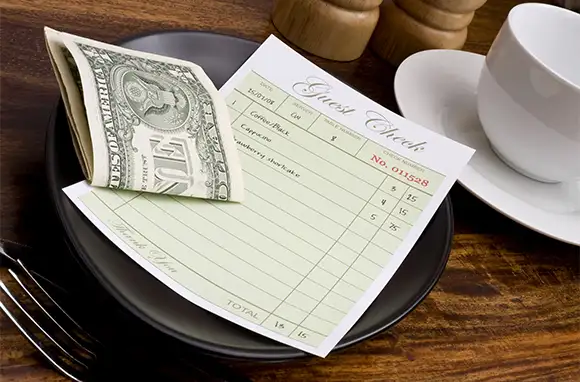
Tipping has become a virtual necessity for cruisers, and it typically adds $10 to $12 per day to each person’s costs. That adds up to $150 per couple for a seven-day cruise—a figure that might well represent a substantial increment to the cost of a low-level cabin. Some lines use an “opt out” system of adding a tipping charge automatically to your bill unless you specifically ask that it be removed or altered; others just post a list of recommended tipping amounts.
Many of us believe that cruise waiters, housekeepers, and such should be paid decent wages and not be dependent on tips for their livings. But except for a few ultra-luxury lines, that’s not a real-world expectation. So you tip.
Avoiding the Rip-Off: Carolyn Spencer Brown says flat out, “Tipping is not an area where you can save money.” End of story.
Special Dining Venues

A cruise is supposed to include all meals, right? These days, the answer is no. Most big new cruise ships have one or more premium dining venues, at which you’ll pay an additional $20 and $50 per person to have dinner in a themed dining room: steakhouse, Italian, French, or whatever. A related trend is to add a surcharge for some “premium” entrees, often steak or lobster, in the conventional dining room. Some of those premium prices seem high—especially when you consider that they’re not the full prices but are instead surcharges on top of what you’ve supposedly already paid for—but online reports indicate that many travelers believe the premium dinners are worth the price, at least once they’re on the cruise.
Avoiding the Rip-Off: For now, that’s easy: Just don’t go. But in the long term, I expect steady erosion of the supposedly “food included” system to the point that you might see a surcharge for any entree other than mac ‘n’ cheese.
Shore Excursions
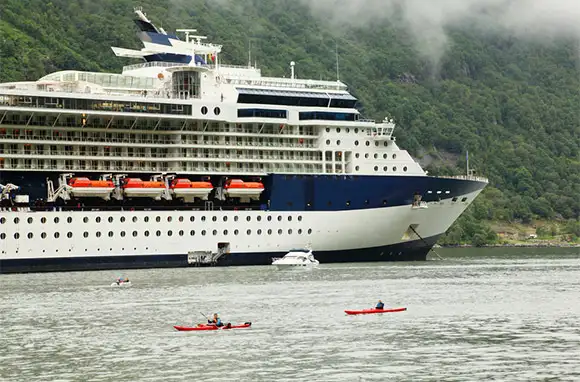
Typically, at each port, your cruise line has lined up a laundry list of port excursions to sell you on. These excursions can run from conventional sightseeing and visitor attractions to snorkeling, water-skiing, parasailing, rock climbing, bird-watching, and whatever else might be available at each stop. Typically, the cruise line will start pitching you to pre-buy your excursions before you even get on the ship.
What’s wrong with these excursions? You face up to three problems: Prices are usually higher than prices you can obtain yourself. As with any group activity, the pace is dictated by the slowest member, and it may waste a lot of your time. And lastly, most sightseeing excursions include extended stops at souvenir shops chosen primarily for the size of the kickback they provide to the tour operator and cruise line.
Avoiding the Rip-Off: Get a good guidebook, then arrange your own port activities. In most cases, you’ll find lower-cost local operators hanging around the port when you land. Online agencies, such as Viator, sell port excursions at prices generally below the cruise line’s price. Or hire a taxi driver for a few hours, use public transportation, or walk to where you want to go—and only where you want to go.
More from SmarterTravel:
- 8 English Words You Should Never Use Abroad
- 10 Surprising Ways to Get Flagged at Customs
- 101 Clever Travel Tricks You Need to Try
Editor’s note: This story was originally published in 2014. It has been updated to reflect the most current information.
We hand-pick everything we recommend and select items through testing and reviews. Some products are sent to us free of charge with no incentive to offer a favorable review. We offer our unbiased opinions and do not accept compensation to review products. All items are in stock and prices are accurate at the time of publication. If you buy something through our links, we may earn a commission.
Related
Top Fares From
Today's Top Travel Deals
Brought to you by ShermansTravel
Shop and Save with Country Inns...
Patricia Magaña
 Hotel & Lodging Deals
Hotel & Lodging Deals
$229 -- Chicago: Discounted Rates and...
Francesca Miele
 Hotel & Lodging Deals
$229+
Hotel & Lodging Deals
$229+
$188 -- Honolulu: Save on Oceanview...
Abigail Lamay
 Hotel & Lodging Deals
$188+
Hotel & Lodging Deals
$188+
